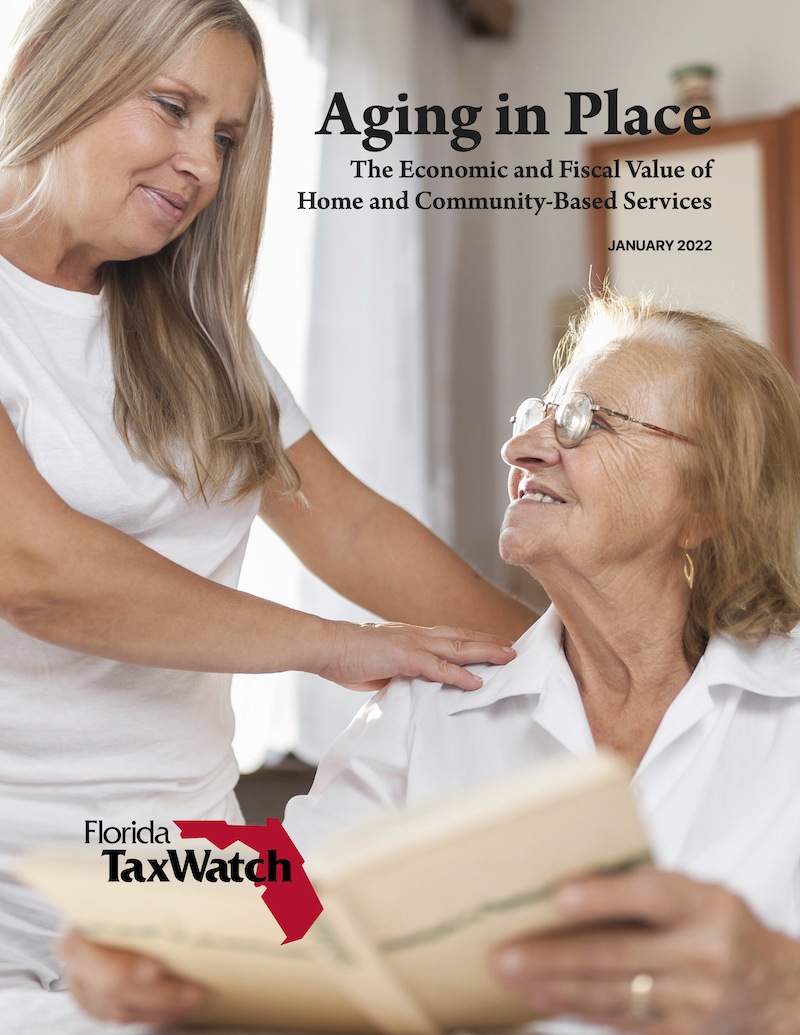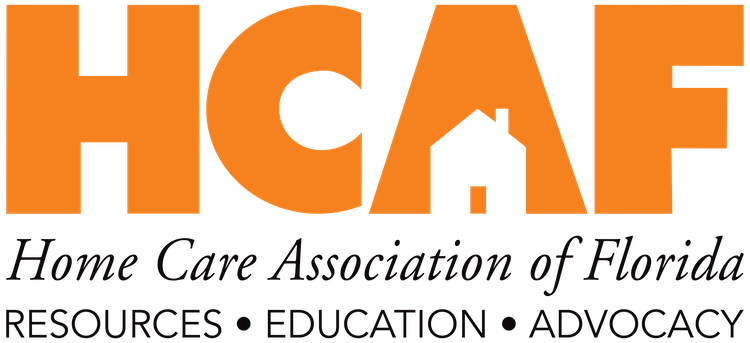Report: Increased Home-Based Care Could Save Florida $745 Million Annually

Report: Increased Home-Based Care Could Save Florida $745 Million Annually
A recent report released from Florida TaxWatch found that providing care in the home instead of in a nursing home could save the state of Florida more than $745 million in fiscal savings annually. Florida TaxWatch is an independent, non-partisan, not-for-profit government watchdog and taxpayer research institute.
“More than any other age group, older Floridians will represent the largest category of population growth in the decades ahead,” Florida TaxWatch wrote in the report. “Furthermore, due to constant inbound migration from other states, especially among retirees, Florida ranks second in the U.S. for the percent of the population over 65 — a trend and ranking that will only grow over time as additional individuals age and relocate to Florida.”
Currently, most of Florida’s health care spending for older adults comes from institutionalized care. Only 37.1% of the state’s total long-term care spending goes towards home- and community-based services (HCBS). In addition to annual fiscal savings of $745 million, investments in HCBS have kept seniors safe amid the COVID-19 public health emergency.
The report, Aging in Place The Economic and Fiscal Value of Home and Community-Based Services, analyzes the possible safety benefits, fiscal savings, and quality outcomes from expanding home- and community-based services (HCBS) and found the following:
Home and community-based settings are a safer alternative to minimize physical risk. Between March and July 2020, only 2% of HCBS residents nationwide contracted COVID-19 compared to nursing homes (37%) and assisted living facilities (14%). When considering actual mortality, death rates among HCBS residents nationwide were less than 1% compared to nursing homes (11%) and assisted living facilities (5%) over the same time period.
Significant cost savings for Florida taxpayers. The cost of providing care in a home setting rather than in a residential setting would potentially generate more than $745 million in fiscal savings annually, before adjusting for inflation. Assuming the current waitlist of Florida’s state-funded HCBS program ((e.g., the Community Care for the Elderly or Home Care for the Elderly), a 1% decrease in the waitlist would generate $63.7 million in cost savings for taxpayers.
Keeping Floridians at work and families together. Addressing uncompensated care among informal family caregivers could yield more than $30 billion in annual economic benefits by reducing extra medical expenses and foregone earnings.
Better quality of life and care for individuals. Past empirical studies show that individuals who transitioned from institutional to home settings reported significant improvements in quality of life and care. Overall life satisfaction rose 16.9% in the first year among patients, and satisfaction with care and living arrangements rose by 11.7% and 30.5%, respectively.
Reduced hospitalizations and re-institutionalization rates. Among patients that have transitioned from facility-based care to the home or community, there was a statistically significant reduction in re-institutionalization within 180 days and a lower risk of hospitalization.
Click here to download the report.
